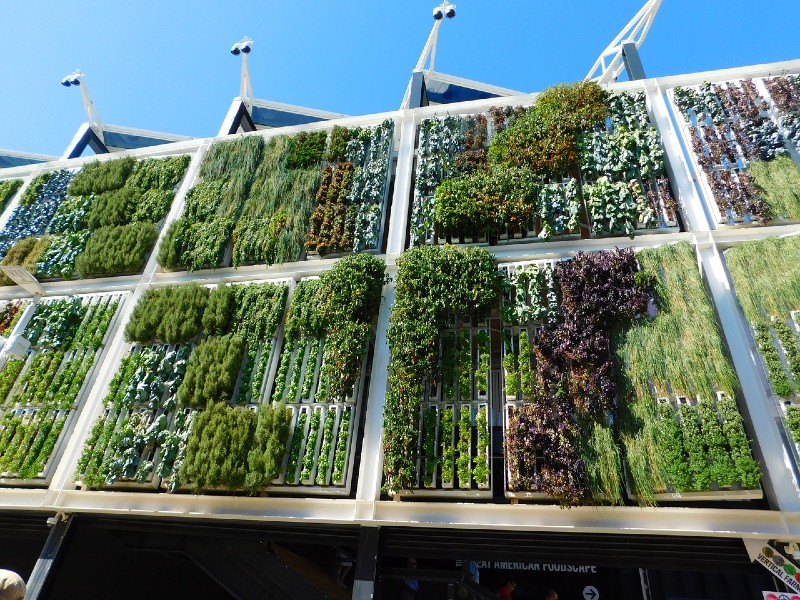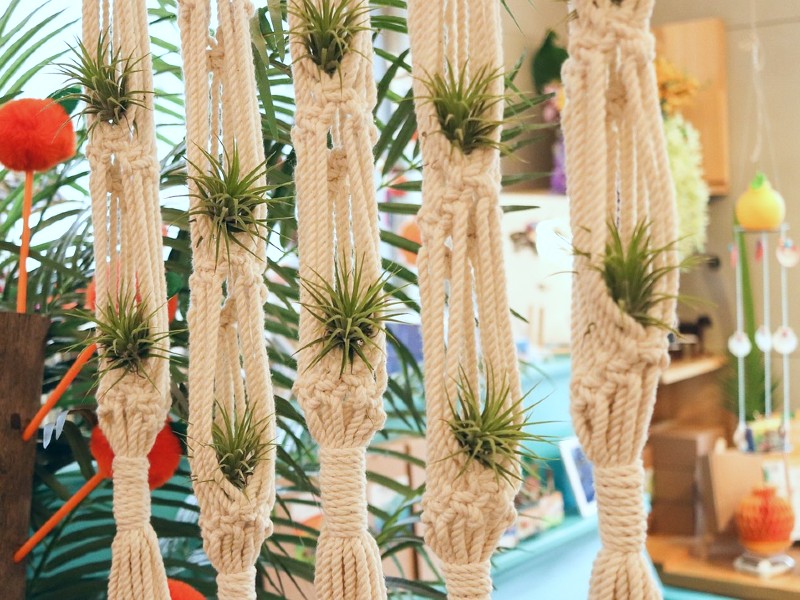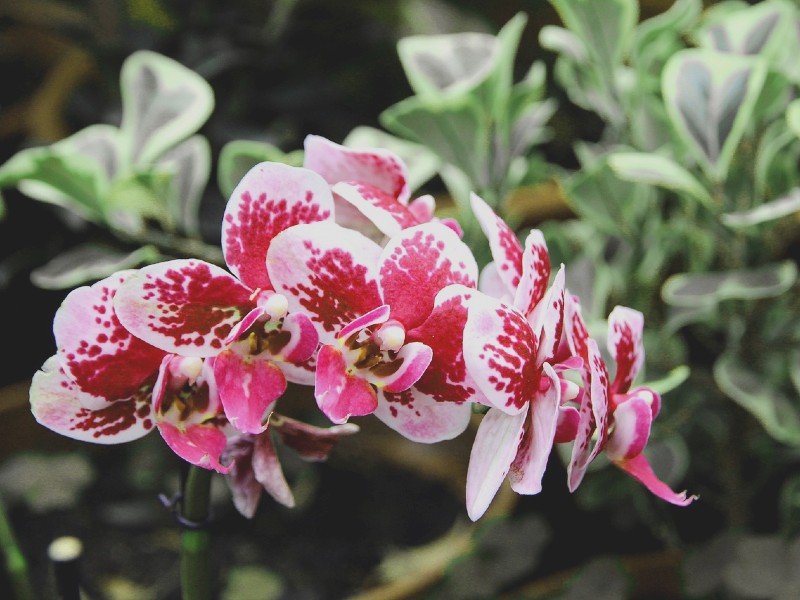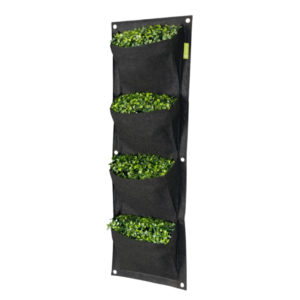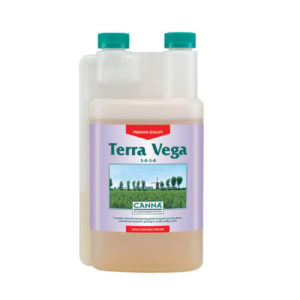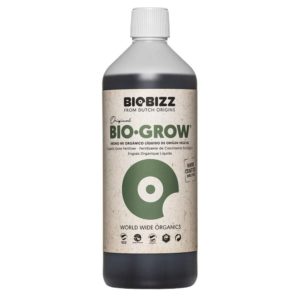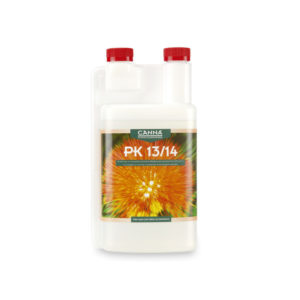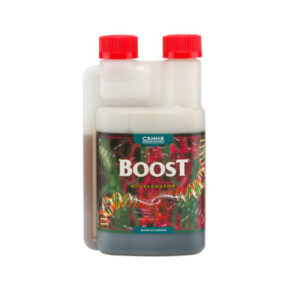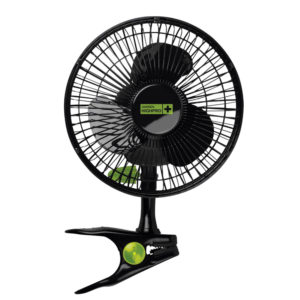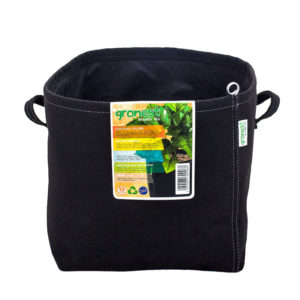Ah, it is spring again! Cold but still…
Today, we want to talk about one of the most desired trends among the UK gardeners – vertical gardening. This fascinating, innovative way of plant arrangement needs some specific care. This article will tell you all you need to know about growing a lush green vertical wall.
Benefits of the Vertical Gardening
It is obvious why so many British gardeners are turning more and more to vertical gardening. The most significant benefit is space-saving. Also, many other perks come along:
- Minimal water and electricity consumption;
- Pest control. Vertical garden prevents animals and insects from accessing the plants, reflecting in a safe environment;
- Hanging wall garden keeps all plants safe by reducing the spread of weeds;
- Better sun exposure. The elevation allows the plants better exposure to the sun;
- Improved air quality. The vertical hanging planter also gives you a more relaxing space by improving the area’s air quality.
- Flexibility of the rearrangement. The possibility of making changes at a low cost;
- Reduction of investment cost and risk;
What is not to like? That’s what we thought too. So, let’s start exploring our options.
How to Start Growing a Vertical Garden?
1. Pick the Right Placement/Location For Your Handing Garden
Before even thinking about planting a seed, you should decide where your vertical garden is going to go. Choosing the right location for your green wall will determine the size of the garden.
Think about how the sunlight changes during the day. Consider the sun exposure along with choosing the location. Use this simple piece of information to pick your plants.
If your chosen area has enough sunlight, your vertical garden will thrive (indoors or outdoors). In case you are struggling to find such a spot, artificial grow lights are always an option.
2. Vertical Gardening Types
So, what kind of vertical garden do you want really? Here, we discuss the structure of the garden itself and how the plants will be installed.
Here are some of the most common structures out there:
As much as we would love to, we cannot dive deep into all of these in detail. Because of that, we will proceed with the one we love the most – a pocket garden consisting of felt fabric. To find out why we picked up this one as our favourite, just continue reading.
3. Choosing Vertical Garden Plants
As you already might know, succulents are among the most common plants for vertical garden walls. But you can also mix them with herbs, flowers, even some fruits and vegetables.
Tip: The most important tip here is to pick plants with similar needs. Make sure all plants in your mix like the same amount of sun, water and temperature.
Pouch/Pocket Vertical Garden Installation
A pocket wall is probably the simplest vertical garden to make. You can try to make it yourself, but you will need a specific waterproof fabric. For the same amount of money, you can get a pre-done fabric pocket wall.
The vertical fabric planters probably take the least space from all vertical garden designs. Also, they do not need additional construction to stand on. Garden HighPro ProPot Wall is our best recommendation for vertical planters because of their waterproof side, fabric density, and reinforced sewings.
Soil
The small amount of soil in each pocket leads to a quicker drying of the growing medium. That is why we recommend planting your seeds and seedlings in potting soil.
Think about the arrangement of the plants. Place the ones that do not need a lot of water on the top. And the ones that like a more wet environment on the bottom.
Tip: Do not overload the vertical plant pockets with soil because they will get messy when the watering begins.
How To Maintain Vertical Garden?
1. Watering
There are two very specific maintenance aspects from the vertical gardenings to place here:
- Plants grow in small pockets. These little containers of soil hide the risk of fertilisation issues.
- If you are a beginner, try feeding your plants with one of the most convenient organic trio nutrients out there – the Biobizz Try-Pack for indoor growers.
- Plants grow in columns, one above the other. They are easy to access but also affects the watering system.
Drip Irrigation Systems. A gravity drip is one of the most popular methods for vertical gardens. This type of irrigation can range from advanced systems with hoses and timers to more basic alternatives by making holes in the bottom of planters to allow the water to drip down.
If you, however, decide to water your garden manually, figure out the best watering schedule to make your plant thrive. Manual watering allows you to apply the correct amount of water to different plants.
2. Pruning & Trimming
The plants’ types in your vertical garden will determine how much pruning and trimming you might have to do to get the desired results.
- Flowers require only removing spent blooms to maintain the appearance of the surface.
- Herbs often need consistent pruning to prevent them from flowering.
- Vegetables need pruning only when they become too numerous and need better support from their places in planting pockets.
3. Fertilising Vertical Garden
We finally got to the biggest question for every vertical grower newbie. How often should you fertilise your wall garden plants?
Let’s first recap the basics.
3.1. Organic and Synthetic Fertilisers
The two main categories of fertiliser groups you can use are organic and synthetic. The primary difference between the two is in the nutrition components delivery.
Organic fertilisers require the inherent bacteria in soils to break down the various components. They also take longer to show results. With organic fertilisers, soil nutrition builds up and becomes a rich source of plant food. Here are some of our top recommendations:
Many chemical fertilisers are concentrated and very soluble. Chemical fertilisers give instant gratification but cause significant damage to the heath of the soil over time. Moreover, it is easier to apply too much and damage your plants.
Tip: When it comes to feeding any vertical garden, avoid using synthetic chemicals. It is a common mistake to burn the plant’s roots with chemical fertilisers.
3.2. N-P-K
The “Big 3” – Nitrogen, phosphorus and potassium, or NPK, are primary nutrients in commercial fertilisers. These are the three major elements needed to fuel essential plant growth.
- Nitrogen (N) gets the growth show on the road.
- Phosphorus (P) is needed for developing flowers, fruits, and root systems.
- Potassium (K) helps plants tolerate stress by keeping the roots healthy. The element also aids flowers and fruits.
While most fertilisers contain NPK, they are present in different amounts depending on the formulation of the fertiliser. These amounts are shown as the ratio of nitrogen to phosphorus to potassium (N-P-K).
In most cases, all-purpose fertiliser will provide the nutrients all plants need for healthy growth. Check out some good options:
3.3. Microelements
Commonly applied supplementary nutrients are calcium (Ca), sulphur (S) and magnesium (Mg). Fruit crops such as strawberries, tomatoes, and chillies may need even more supplements, during the transition from the growth phase to produce a good harvest. See a few of recommended products below:
4. How Much Fertilising Is Needed For Maintaining A Vertical Garden?
In general, the outdoor vertical garden will require fertilising once every 2-3 weeks.
Indoors, the garden will not need as much attention, especially if the plants are other than veggies. Vegetables are incredibly voracious in using every possible water source and nutrient feed.
Once a month would be a good routine, and most likely, every two months for most indoor plants will keep them perky and thriving. Indoor plants are nearly perfect for organic fertilisers, which distribute nutrients over a more extended period.
Tip: Because of the small size of the vertical pockets, some vertical gardens might need fertilisation more often than in the ones based on the ground.
Growing your very own vertical garden with decorative plants, herbs, veggies, or fruits is a great trend to follow. No matter if you are in a small city apartment or a house with enough room for a large garden, vertical gardening offers wonderful perks like space-saving and easy access. The elevated plant can truly beautify and enhance our lives. Happy growing, everyone!



